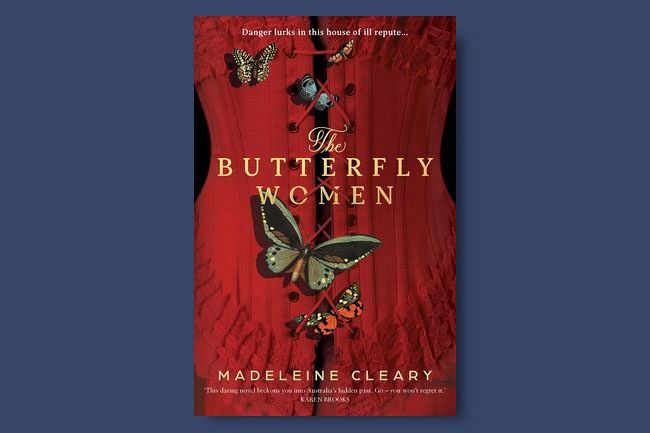We first noticed the arrival of a pair of turtle doves on our property around three years ago. Since I knew the species isn’t native to Tasmania I wondered where they’d come from. Their distinctive cooing call reminded me of visits to my grandmother’s home in the south of England when growing up. The birds weren’t common in the North, or not where we lived anyway, so hearing the gentle coo coo always takes me back to the lush rural landscape of Highclere, in the UK.
Nowadays though that pair of turtle doves has grown to over 20 birds, so as well as being successful in the breeding department, they’ve clearly worked out where their bread is buttered. Or where there’s likely to be a feed of grain. It no doubt comes with having a few chooks, and the doves – along with various parrots, eastern rosellas and sparrows – have clocked on to when breakfast is served at our place.
Finding food in winter is always a challenge for many bird species, especially those who rely on seeds, flowers or insects for their sustenance. These are all scarce during the colder months, but even so we can’t remember quite so many birds turning up at chook meal times before.
I’m conflicted about feeding wild birds regularly, although have been obliged to turn a blind eye to John feeding the small troupe of magpies on a daily basis. We inherited the magpies with the property thanks to the previous owner feeding them. At least I’ve encouraged him to reduce their feeds to once a day rather than two.
But as it’s winter, and recognising finding food is tough, we’ve relented enough this year to buy a bag of seed designed for wild birds. To be honest it looks pretty similar to the mixed grain ‘muesli’ seed the chooks have, but at the moment after I’ve walked Della dog, I now juggle two containers of grain in my hands each morning. One for the chooks, and another for the doves, sparrows and rosellas that are swinging on the wire and waiting patiently and optimistically for their share. At least there’s no squabbling and they all seem quite happy to mingle as they peck away.
Humans could learn a lot from their behaviour.



